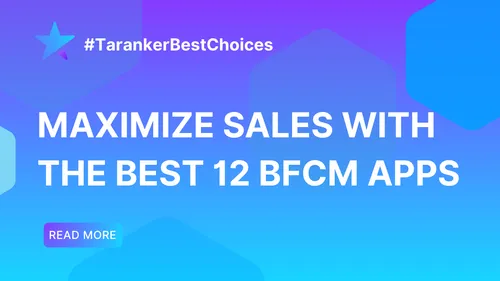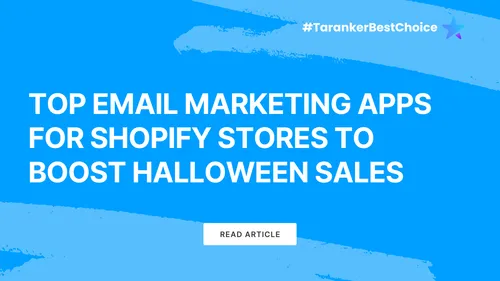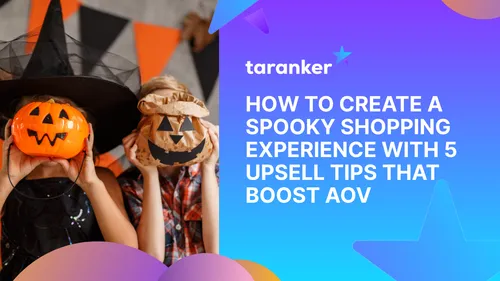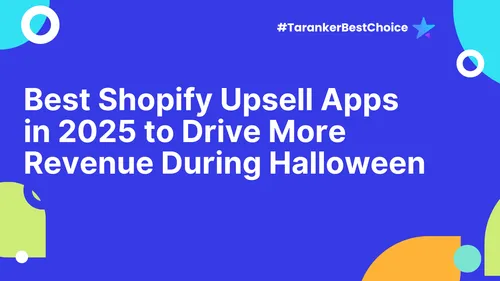In the competitive landscape of e-commerce, effectively reaching your target audience is paramount to driving sales and fostering brand loyalty. For Shopify merchants and online retailers, understanding and implementing various forms of targeted advertising can significantly enhance marketing efforts. This comprehensive guide explores different types of targeted advertising and provides actionable strategies to connect with your ideal customers.
Understanding Targeted Advertising
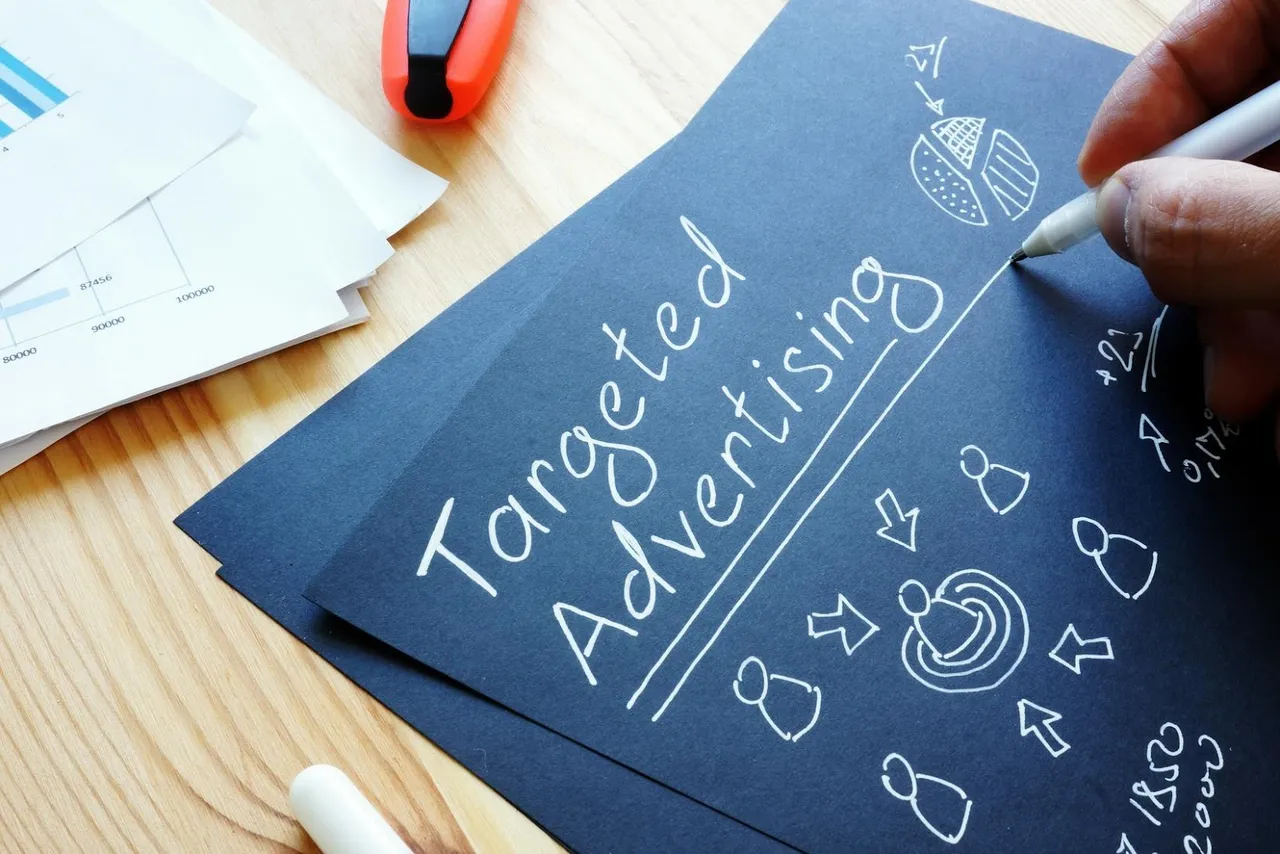
Targeted advertising involves tailoring marketing messages and advertisements to specific segments of an audience based on various criteria such as demographics, interests, behaviors, and geographic locations. This approach ensures that promotional content resonates with the intended recipients, leading to higher engagement and conversion rates.
Benefits of Targeted Advertising:
-
Increased Relevance: Ads are more pertinent to the audience's interests and needs.
-
Improved Engagement: Personalized ads are more likely to capture attention and prompt action.
-
Higher Conversion Rates: Reaching the right audience reduces wasted ad spend and boosts sales.
Types of Targeted Advertising

Implementing various targeted advertising strategies can help e-commerce businesses effectively reach and engage their desired audience.
1. Demographic Targeting
This method focuses on specific characteristics such as age, gender, income level, education, and occupation. By understanding the demographic profile of your ideal customer, you can create tailored ads that appeal directly to them.
Example: A Shopify store selling premium men's watches might target males aged 25-45 with higher income levels, using platforms like LinkedIn or Instagram to reach this demographic.
2. Geographic Targeting (Geotargeting)
Geotargeting delivers ads to users based on their physical location, which can be as broad as a country or as specific as a city or neighborhood. This is particularly useful for businesses with physical stores or those offering region-specific products.
Example: An online retailer promoting a winter clothing line can target ads to regions experiencing colder weather, ensuring the products are relevant to the audience's immediate needs.
3. Behavioral Targeting
This approach analyzes users' online behavior, including browsing history, purchase history, and engagement patterns, to serve ads that align with their interests and past actions.
Example: A customer who frequently browses fitness equipment on your Shopify store might see ads featuring new workout gear or exclusive discounts on related products.
4. Contextual Targeting
Contextual targeting places ads on websites or pages with content relevant to the ad itself, ensuring that the audience's current interests align with the promotional message.
Example: Placing ads for eco-friendly kitchenware on a popular sustainable living blog can attract readers already interested in environmentally conscious products.
5. Interest-Based Targeting
This strategy targets users based on their interests, hobbies, and activities, often gathered from social media profiles and online communities.
Example: A Shopify merchant selling artisanal baking tools can target ads to members of online baking groups or forums, reaching enthusiasts likely interested in their products.
6. Retargeting (Remarketing)
Retargeting focuses on users who have previously interacted with your website or products but did not complete a purchase. By reminding them of their initial interest, you can encourage them to return and finalize their purchase.
Example: A visitor who added items to their cart but abandoned the checkout process might see ads featuring those specific products, possibly with an added incentive like a discount code to entice completion of the purchase.
7. Lookalike Audience Targeting
This method involves identifying and targeting new customers who share characteristics with your existing customer base, expanding your reach to a similar audience likely to be interested in your products.
Example: Using tools like Shopify Audiences, you can create custom audience segments that mirror your best customers, allowing for targeted ad campaigns that reach potential buyers with similar profiles.
Implementing Targeted Advertising Strategies

To effectively reach your audience through targeted advertising, consider the following steps:
1. Define Your Target Audience
Conduct thorough market research to understand who your ideal customers are. Analyze data such as age, gender, location, interests, and purchasing behavior to create detailed buyer personas.
Actionable Tip: Utilize Shopify's built-in analytics and customer insights to gather data on your existing customers, helping to inform your targeting strategies.
2. Choose the Appropriate Advertising Platforms
Select platforms that align with your target audience's preferences and behaviors. Different demographics favor different platforms, so it's essential to advertise where your audience spends their time.
Examples:
-
Facebook and Instagram: Ideal for visual products and targeting a broad age range.
-
LinkedIn: Best for B2B products or services targeting professionals.
-
Google Ads: Effective for capturing intent-driven searches.
3. Craft Personalized Ad Content
Develop ad creatives that resonate with your defined audience segments. Personalization increases the relevance of your ads, making them more engaging and effective.
Actionable Tip: Use dynamic ad content that adapts based on the viewer's characteristics or past interactions with your brand.
4. Monitor and Optimize Campaigns
Regularly analyze the performance of your targeted advertising campaigns. Use metrics such as click-through rates, conversion rates, and return on ad spend to assess effectiveness and make data-driven adjustments.
Actionable Tip: A/B test different ad creatives, targeting options, and platforms to determine what works best for your audience.
Conclusion
Implementing targeted advertising is a game-changer for Shopify merchants and e-commerce businesses looking to boost sales and customer engagement. By leveraging strategies such as demographic, geographic, behavioral, contextual, and retargeting ads, businesses can reach the right audience at the right time with the right message.
Key Takeaways:
✔ Know Your Audience: Use analytics to define and segment your customer base.
✔ Choose the Right Ad Type: Different types of targeted advertising work for different goals.
✔ Optimize & Test: Regularly analyze and adjust your campaigns for better performance.
✔ Leverage Automation & AI: Use Shopify’s ad tools, Facebook Pixel, and Google AI for smarter targeting.
💡 Next Steps: Start with one targeting strategy, measure its impact, and expand based on results.
Frequently Asked Questions (FAQs)
1. What is the most effective type of targeted advertising for e-commerce?
It depends on your business goals:
✔ Retargeting ads – Best for recovering abandoned carts.
✔ Lookalike audiences – Great for reaching new, similar customers.
✔ Behavioral targeting – Ideal for personalized product recommendations.
2. How much should I spend on targeted advertising?
Start with a small budget ($5–$20/day) and scale based on ROI. Shopify’s Ad Manager and Facebook’s Ad Budget Optimization help maximize ad spend.
3. Can I run targeted ads without a big budget?
Yes! Focus on retargeting first to get the highest ROI before expanding to other forms of targeted ads.
4. What tools can help with targeted advertising?
✔ Facebook Ads Manager – Run detailed ad campaigns based on demographics and interests.
✔ Google Ads – Capture search intent with PPC campaigns.
✔ Shopify Audiences – Build custom and lookalike audiences.
✔ TikTok & Instagram Ads – Target Gen Z and Millennials with short-form video ads.
5. How do I track the success of my targeted ads?
Use tools like Google Analytics, Facebook Pixel, and Shopify Analytics to measure:
✔ Click-through rates (CTR) – Are people clicking your ads?
✔ Conversion rates – Are clicks turning into purchases?
✔ Return on Ad Spend (ROAS) – Are you making more money than you're spending?

